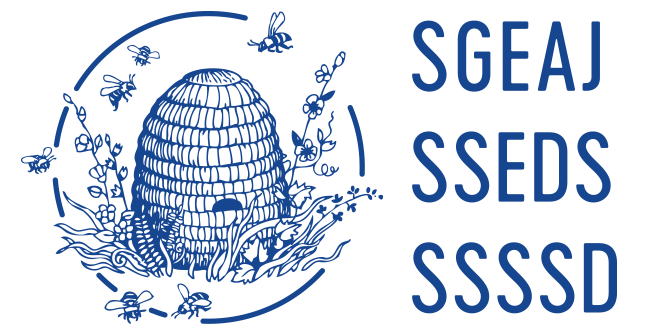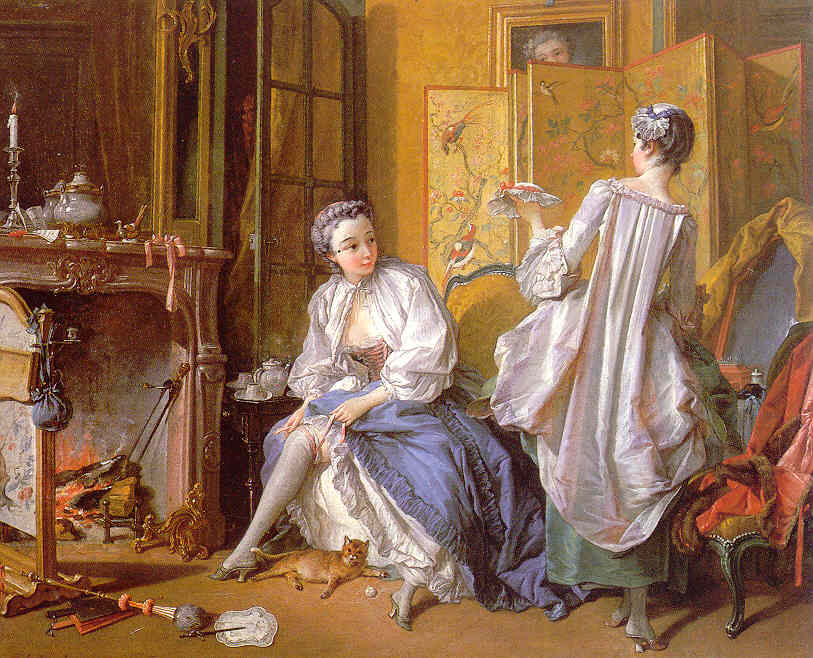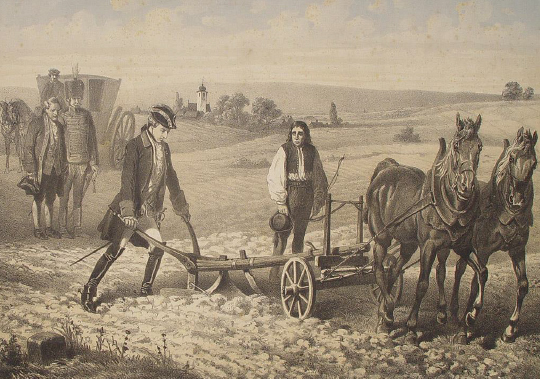Colloque international « Penser le rococo (XVIIIe-XXIe siècles), Université de Lausanne, 5-6 novembre 2015
Organisation scientifique: Carl Magnusson (Université de Lausanne) et Marie-Pauline Martin (Aix-Marseille Université)
Lieu: Université de Lausanne, Bâtiment Unithèque (BCU), salle 511
Le rococo, en dépit de la méfiance ou de l’ironie qu’il suscite, occupe une place centrale dans l’historiographie. En tant que catégorie stylistique et critique, il structure notre appréhension de l’art du XVIIIe siècle et détermine le regard que l’on porte sur celui-ci. Ce colloque, conçu en écho aux stimulantes recherches de ces vingt dernières années sur le rococo, vise à développer une réflexion épistémologique sur une notion protéiforme. La perspective privilégiée pour ce colloque est celle, critique, de l’étude d’une notion devenue catégorie, le rococo, appelant à réfléchir sur son apparition, sa sédimentation, sa diffusion. Quelles sont les premières formulations de ce terme ? Sur quels présupposés se fonde-t-il ? Comment devient-il un canon formel et esthétique ? De quelles sources se nourrit-il ? En fonction de quels enjeux établit-on les frontières et les corpus du rococo ? Comment la situation d’énonciation des exégètes, aux XIXe, XXe et XXIe siècles, a-t-elle orienté la mise en récit de son histoire ? Comment les idées véhiculées dans leurs travaux agissent-elles sur la production tardive d’objets imitant le XVIIIe siècle ? Comment ces revivals agissent-ils en retour sur notre compréhension du rococo ?
Despite the scepticism or irony which it provokes, the notion of the Rococo occupies a central position within the historiography of 18th-century art. It structures our understanding of this epoch and determines the way in which we see it. This symposium, planned as an answer to the stimulating research of the last twenty years on the Rococo, aims at an epistemological reflection on a protean notion which was progressively defined as a style during the 19th century. This symposium therefore favours a critical approach to this notion, urging contributors to reconsider how it emerged, how it was formed and diffused. What were the first manifestations of the Rococo, on what preconceived ideas was it founded, and how did it become a formal and aesthetic canon? Which sources did it draw upon ? What ideas and categories have been used to structure it ? How were the boundaries of the Rococo established ? How has the context in which interpreters have written about the Rococo oriented the formulation of narratives during the 19th, 20th and 21st centuries ? How have the ideas upon which their work is founded inflected the production of imitations of 18th-century objects ? How have these revivals, in turn, acted upon our understanding of the Rococo?





